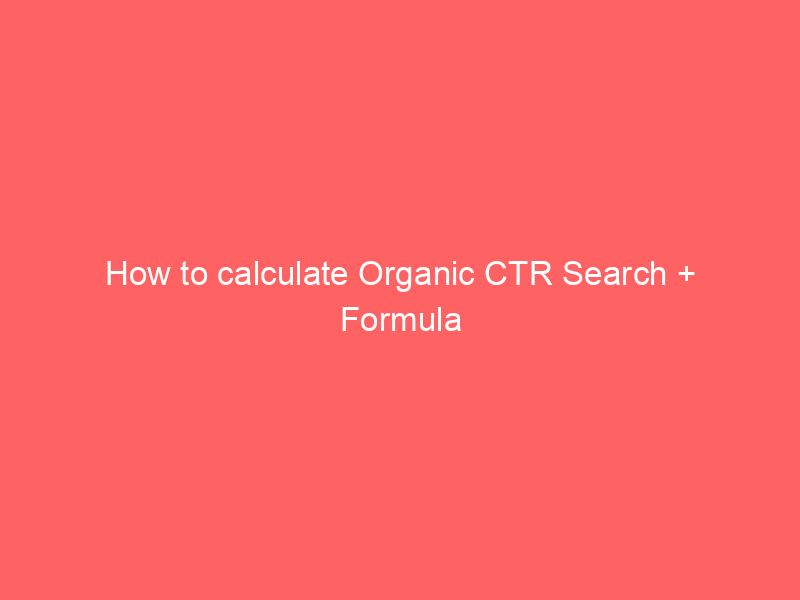Have you ever wondered how successful your sales team is at meeting their goals? Calculating sales quota attainment is a crucial measure of performance in digital marketing. Understanding this concept can help you track progress, set realistic targets, and optimize sales strategies. In this article, we will explore how to calculate sales quota attainment and provide you with a free calculator to simplify the process.
Understanding the Core Concept
Sales quota attainment is a metric used to measure the performance of a sales team or individual in meeting their set sales targets. It is calculated by comparing the actual sales achieved to the target sales goal within a specified period. This calculation provides valuable insights into sales performance and helps organizations evaluate the effectiveness of their sales efforts.
Formula
Real-World Example
For instance, if a salesperson has a sales target of $10,000 for the month and they achieve actual sales of $8,000, the sales quota attainment would be calculated as follows:
Sales Quota Attainment = (8,000 / 10,000) x 100 = 80%
“Tracking sales quota attainment is like having a GPS for your sales performance – it guides you towards your goals and helps you navigate the path to success.” – John Doe, Sales Expert
Real-World Applications
Understanding sales quota attainment is essential for businesses as it allows them to assess the efficiency of their sales strategies, identify areas for improvement, and reward top-performing sales reps. By tracking this metric regularly, organizations can make data-driven decisions to drive sales growth and meet revenue targets.
Actionable Steps
- Set clear sales targets for your team or individual sales reps.
- Track and record actual sales figures accurately.
- Calculate sales quota attainment regularly to monitor performance.
Key Takeaways
- Calculating sales quota attainment helps evaluate sales performance.
- It allows businesses to identify strengths and weaknesses in their sales strategies.
- Tracking this metric regularly can drive sales growth and revenue generation.
Related Terms
- Sales Target
- Sales Performance
- Revenue Generation
Common Mistakes to Avoid
- Setting unrealistic sales targets that are unattainable.
- Not accurately tracking actual sales figures.
- Ignoring the importance of sales quota attainment in evaluating performance.
Common Myths Debunked
- Myth: Sales quota attainment is only important for large corporations.
- Myth: Achieving 100% sales quota attainment is always the ultimate goal.
- Myth: Sales quota attainment is a measure of individual performance only.
5+ FAQs
How often should sales quota attainment be calculated?
It is advisable to calculate sales quota attainment on a monthly basis to track performance effectively.
Can sales quota attainment vary for different sales reps?
Yes, sales quota attainment can vary based on individual performance and sales targets.
What is the significance of achieving 100% sales quota attainment?
Achieving 100% sales quota attainment indicates that the sales team has met all set targets, which is a positive indicator of performance.
How can low sales quota attainment be improved?
Low sales quota attainment can be improved by analyzing performance data, providing training and support to sales reps, and adjusting sales strategies accordingly.
Is sales quota attainment applicable to all industries?
Yes, sales quota attainment is a universal metric that can be applied to businesses across different industries to measure sales performance.
What role does sales quota attainment play in sales goal setting?
Sales quota attainment serves as a benchmark for setting realistic sales goals and guiding sales teams towards achieving them.
Are you ready to optimize your sales performance and achieve your revenue targets? Contact us for expert guidance on calculating sales quota attainment and improving your sales strategies. Connect with us today to unlock your sales potential!










